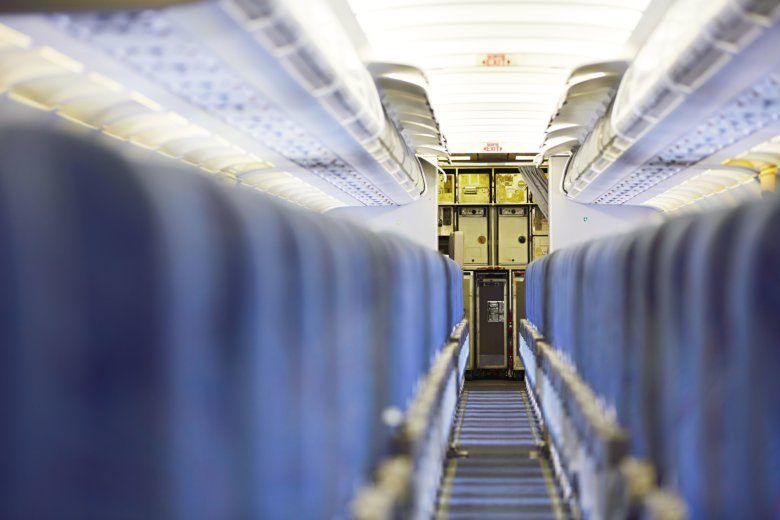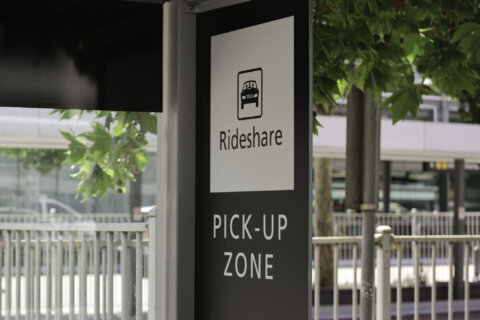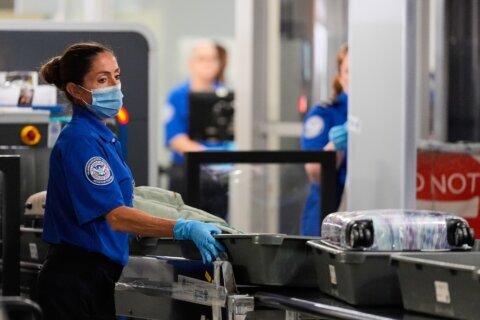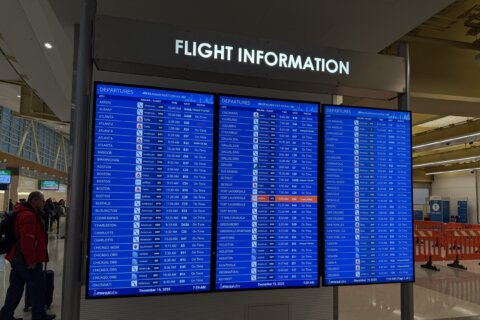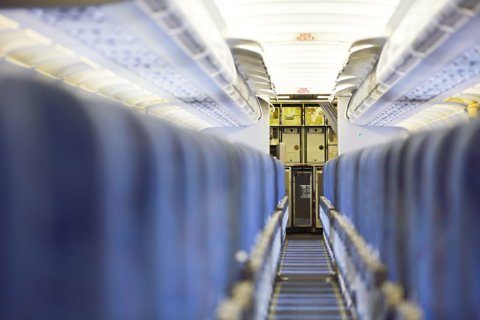
Forget New York or Dubai. Some of the world’s most expensive and crowded real estate is inside a commercial aircraft.
The claustrophobia of being on a plane can be hard to manage when there are so many pain points along the way: You’re hungry but there’s no meal service on this flight. You’re cold but can’t flag down a flight attendant to bring you a blanket. You need to use the bathroom but there’s a long line.
Bernadette Berger, associate creative director at the Seattle-based agency Teague, had an idea to solve some of those problems — by transforming a traditionally overlooked part of the cabin.
“Galleys are one of the most constrained and complex places for us to design,” she tells CNN Travel.
“It’s not only the kitchen, it’s the office, welcoming entryway, it’s the sleeping quarters, the branding space, the work space… all of that, all at once, in one tiny place.
“It’s a huge point of tension for passengers and their experience and with the crew trying to provide service as fast as possible.”
Inspired by Amazon package pickup lockers and Japanese vending machines, Berger began to envision a redesigned galley where on-board lockers could hold everything from earbuds to meals.
Bots on a plane
The first objective was separating the area where food is stored and the area where food is warmed and readied to serve. This can be treacherous for flight attendants, some of whom have been burned by hot packaging or fallen over while trying to reach something stored high in the galley.
Splitting up the process also frees up valuable galley space.
As Berger explains in her brief, “The storing and warming of food will be automated with robotic systems. The condensed packaging of ready-made food can be sorted and stored all in the lower lobe. Once a meal is ordered by a passenger, robotic arms can locate and transport the meal to the prep area for warming. The robotic arms will then transport the warmed meal to the elevator and the waiting flight attendant.”
But what if you want a snack? Or need to replace your broken headphones? Lockers full of items for purchase will already be on board, and customers can order and pay via an app on their phones.
From there, travelers will get a QR code that they can scan to open the locker and pull out the item inside.
Sounds cool, right? Sure, but it’s all still very hypothetical — Berger’s design isn’t even a prototype yet.
Still, it calls attention to one of the most challenging spaces on a plane. While much fuss is made about the size of airplane seats and leg room for passengers, galleys are often ignored by travelers.
Berger’s concept was designed by request for Aircraft Interiors International, an industry publication, and shows that there are ways to optimize planes for efficiency having to squeeze people into tinier seats or charge them to print a boarding pass.
The end of the flight attendant?
But it’s critical to note that Berger’s proposal doesn’t mean flight attendants will all be made obsolete.
In fact, it’s quite the opposite: Automating a major component of the job will free them up to do more meaningful tasks.
Berger and her team have worked with several flight attendants to talk about what would best help juggle many tasks at 40,000 feet.
“I think we have demanded that flight attendants be responsible for more and more, with less and less support,” she says. “If we can reduce their load … they can focus on the hand delivery and talking with and helping passengers.”
She adds: “It’s our job to not only be the advocate for the passenger but for the flight attendant.”
A mall in the sky
Beyond the expected in-flight offerings like snacks and pillows, Berger thinks the lockers have the capability to majorly change the way people consume on board.
She notes that airports are filled with luxury stores to tempt the traveler into buying one last souvenir and pricey restaurants that take advantage of opportunity cost.
And what’s even more isolating than an airport in an unfamiliar city? The inside of metal tube in the sky, where you can’t just get up and walk somewhere else to compare prices.
In addition to expanding the kind of products available to claim on board — she suggests kids’ toys and games as one possibility, plus duty-free items like alcohol and perfume — Berger hopes to connect all aspects of travel seamlessly off the plane and on.
For example, travelers could not just ask for a kosher or vegetarian meal when booking their ticket — instead, they could order from a favorite local restaurant or select a meal from a service like UberEats, to be delivered to the plane ahead of take-off.
It’s a nice goal, if a distant one. But it sure sounds delicious.

